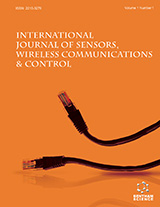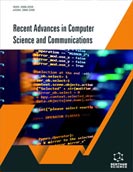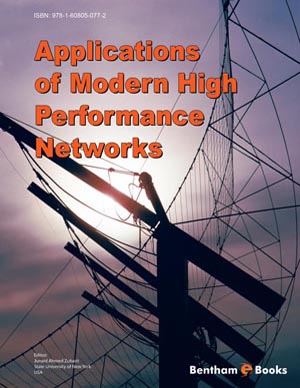Abstract
People with impairments frequently struggle to carry out daily activities alone or even with assistance. They encounter obstacles in the environment, movement, interaction, access to writings, personal health maintenance, handling medical issues and behavioral equality. One of the subjects that have received a lot of attention from researchers is computer-based Assistive Technology (AT). Disabled people utilize AT to tackle things previously practically impossible for them. Various forms of disabilities necessitate the use of AT, which can help people with disability to do their regular work. Therefore, these technological innovations have the power to play a substantial role in supporting huge segments of society to operate and lead a normal life. The fundamental goal of AT is to continually increase a person's ability to perform independently, hence improving their overall health. Individuals who use technological aids can lead healthy, dignified, independent and respectable lifestyles. On the whole, AT aims to enable disabled individuals to join nearly every facet of life, including at home, education and community, as well as to increase their opportunities for social interactions and meaningful employment. AT devices simply gives disabled individuals more freedom and control. The significance of AT and AT devices, current trends, approaches, limitations and some of the major challenges identified in previous assessments as well as recent research findings in the field of AT, are all effectively discussed in this chapter.
Keywords: Artificial intelligence, Assisted living, Assistive technology, Braille, Cognitive impairment, Daily living, Disability, Elderly care, Healthcare, Hearing impairment, Human activity recognition, Internet of things, Learning, Mobility challenges, Physically-challenged, Prosthesis, Research gaps for AT, Robotics, Sip and puff, Vision impairment.




















